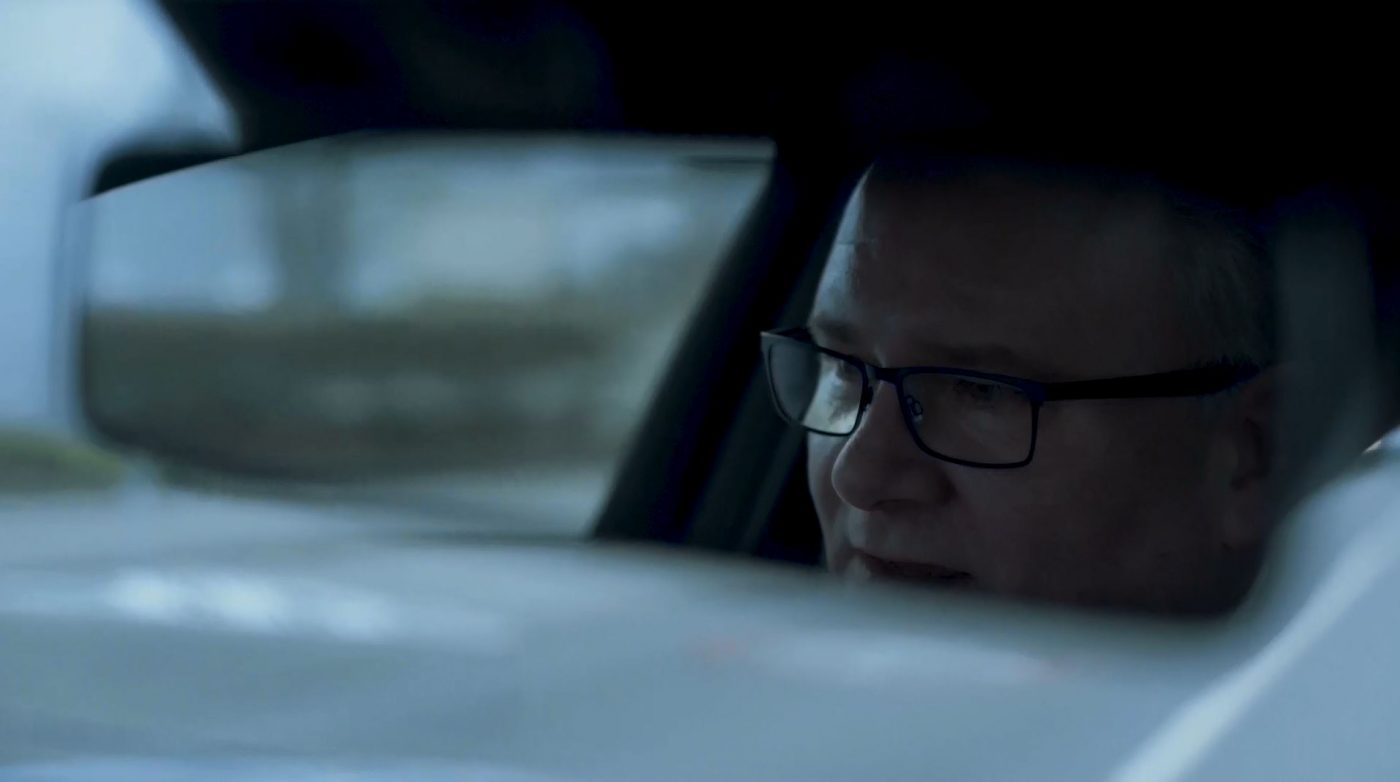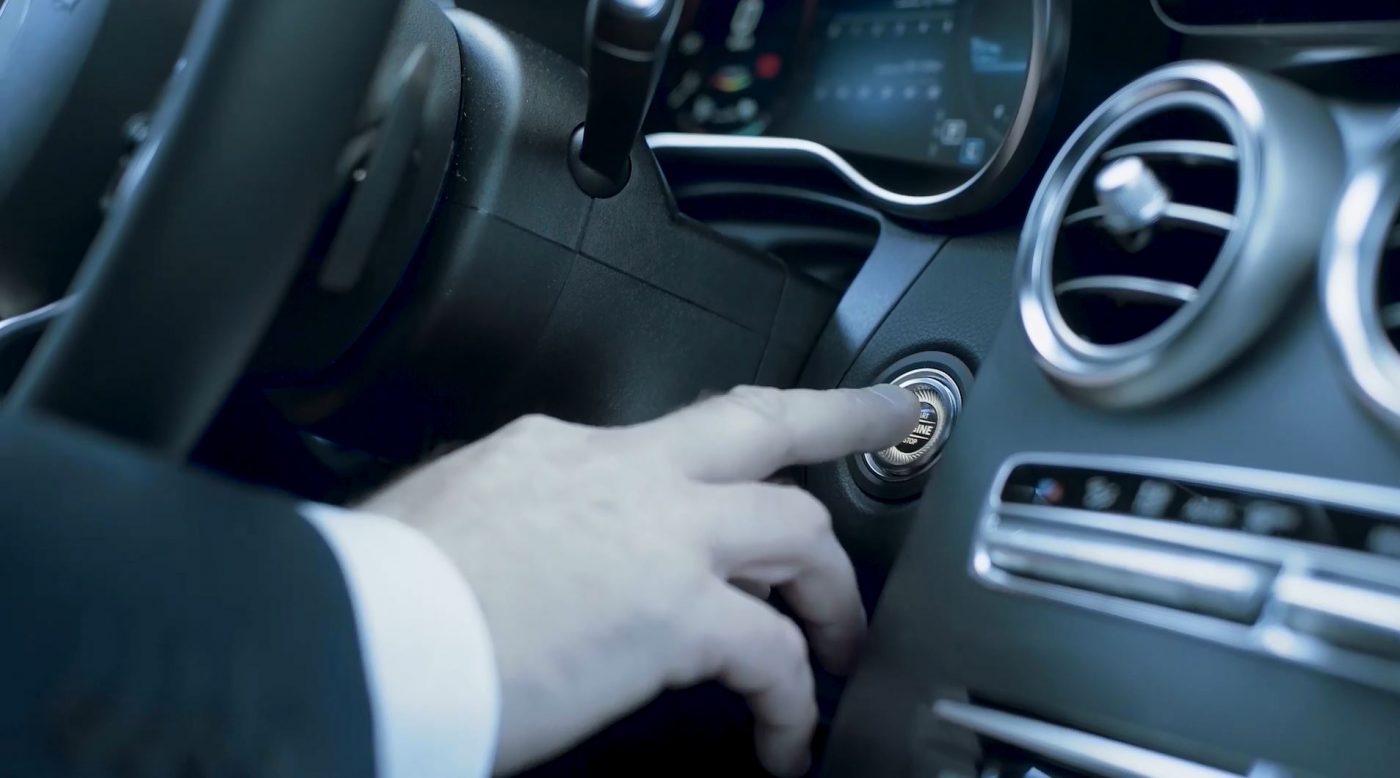Thomas Volk: His company car is a Mercedes-Benz GLC F-Cell
Sorry – the video is only in German available.
‘I’m a native hydrogen fan’
Thomas Volk has been the Technical Director of Stromnetz Hamburg since June 2015 and is therefore responsible for the electricity grid ensuring a high quality of supply – every second of the day, 365 days a year.
Wasserstoff – eine ganz faszinierende Technik! Da kommt der Ingenieur in mir durch, der diese Lösung ausgesprochen leidenschaftlich vertritt!
After a referendum in 2013, Stromnetz Hamburg became the owner of the distribution grid. It is a 100% municipal company that guarantees a reliable electricity supply in the city: 12.3 billion kilowatt hours for 1.1 million households and companies. Stromnetz Hamburg plans, builds, and operates the distribution grid. And it is building and operating the public charging infrastructure in the Hanseatic city. Almost 900 charging points are now available to battery electric vehicle (BEV) drivers. And yet, alongside 80 gas-powered vehicles and 100 battery-powered cars, three hydrogen cars – two Toyota Mirai cars, and a Mercedes-Benz GLC F-CELL – are also used in the Stromnetz Hamburg fleet. Thomas Volk drives the latter. He gained his first experiences with hydrogen two years ago, with a Mirai. At the time, the filling station network was not as extensive as it is today.
On a trip from Hamburg to Münster, Volk drove the Mirai beyond the promised range.
The hydrogen tank was empty according to the display, but the reserve and buffer battery took him another 20 km to the next filling station. With the Mercedes Benz GLC F-CELL it’s different, says Volk. When it says it’s empty, it really is empty, but you can recharge it for another nearly 40 kilometres by plugging it in at a charging station. “Both vehicles are really pleasant travel companions – quiet and relaxed. Really great.” And then he hesitates. “As a passionate motorcyclist, though, I just can’t imagine using an electric drive on two wheels. I’d really miss the sound.”
Facts: Our Grid
In Germany, four transmission system operators carry electricity to around 900 distribution network operators. Stromnetz Hamburg is one of the largest municipal operators. To minimise losses during transport, electricity is transmitted from its place of production to the consumer at various voltage levels: high voltages for long distances, low voltages for shorter distances. The conversion between the voltage levels takes place in substations and transformer stations.
The electricity distribution network in Hamburg has around 29,000 kilometres of power lines. 95 percent of the power cables are laid underground. The current is transformed from high to medium voltage in 54 substations, and then enters the low voltage grid via 7,600 customer and transformer stations.
More articles